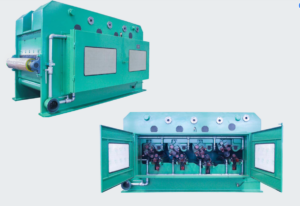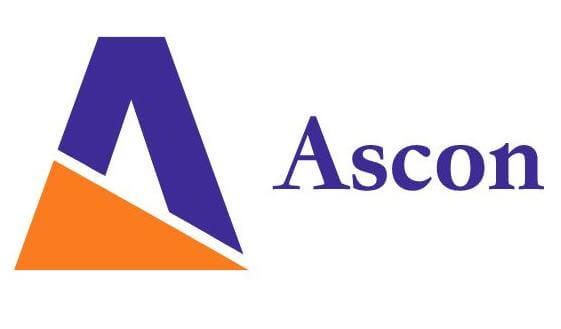Push-Pull Pickling Lines Solutions : Revamping Looping Efficiency and Precision Strip Welding
In push-pull pickling lines, looping and strip welding are crucial technologies for continuous steel processing. Below are specific solutions and implementation methods:
1. Looping Solutions
Role of Looping: Looping devices temporarily store steel strips before entering and after leaving the pickling section, enabling continuous production. They absorb speed differentials between upstream and downstream processes, ensuring the continuity and stability of the pickling process.
Implementation Steps:
Setting up Looping Areas:
- Establish looping areas before entry into the pickling section and after exit. Typically, vertical or horizontal looping devices are used.
- Determine the length and capacity of looping areas based on line speed and strip length.
Installing Looping Equipment:
- Install guide rolls and tension rolls to ensure smooth operation of steel strips in looping areas.
- Configure height and position sensors to monitor strip storage and tension status in real time.
Control Systems:
- Implement closed-loop control systems to adjust tension and height in looping areas based on sensor data.
- Use PLCs (Programmable Logic Controllers) or DCS (Distributed Control Systems) for automated control, maintaining stable operation of looping areas.
2. Strip Welding Solutions
Role of Strip Welding: Strip welding joins the trailing end of one coil to the leading end of the next coil, enabling continuous processing of steel strips and reducing downtime, thereby improving production efficiency.
Implementation Steps:
Preparation:
- Ensure precise cutting of strip ends to be welded, ensuring a smooth joint.
- Clean strip surfaces of oil, rust, and oxide layers to ensure welding quality.
Welding Equipment Selection:
- Choose appropriate welding methods (e.g., flash butt welding, laser welding, ultrasonic welding) based on strip material and thickness.
- Equip automated welding devices to ensure consistent and stable welding processes.
Welding Process:
- Align the trailing and leading ends of steel strips and clamp them in the welding station.
- Initiate welding equipment and perform welding based on preset parameters.
- After welding, inspect weld seams, ensuring they meet quality requirements.
Weld Seam Treatment:
- Polish and remove welding slag from weld seams to ensure smooth surfaces.
- Conduct non-destructive testing (e.g., ultrasonic testing, radiographic testing) to verify weld quality and strength.
Practical Application at Baosteel Group
Baosteel Group’s solutions for looping and strip welding in push-pull pickling lines include the following specific implementation steps:
Looping Equipment Installation and Commissioning:
- Install vertical looping devices at the entry and exit of push-pull pickling lines, equipped with guide rolls and tension control systems.
- Configure height and position sensors to monitor strip storage status in looping areas.
- Commission looping equipment to ensure stable operation at different production speeds.
Preparation and Implementation of Strip Welding:
- Set up strip welding stations before the entry into the pickling section, equipped with flash butt welding equipment.
- Prepare and clean the trailing and leading ends of steel strips for welding.
- Perform automated welding, complete weld seam treatment, and conduct non-destructive testing to ensure welding quality.
Integration of Automation Control Systems:
- Implement PLC or DCS control systems to integrate looping and strip welding equipment into the overall control system of the production line.
- Achieve automated control of looping and welding areas, ensuring process continuity and stability.
Illustrative Implementation Diagram
For a clearer understanding of looping and strip welding implementation, here is a simplified process diagram:
—————————
| Entry Section | Looping Area | Acid Pickling Section |
—————————
| |
—————————
| Looping Area | Strip Welding | Exit Section |
—————————
After addressing the issues with looping systems and welding machines in push-pull pickling lines, the addition of a scale breaker machine enables further enhancements. Introducing a scale breaker facilitates the transformation by effectively removing surface scales from steel strips during processing. This integration enhances the line’s efficiency and product quality, ensuring smoother operations and improved material finish.

